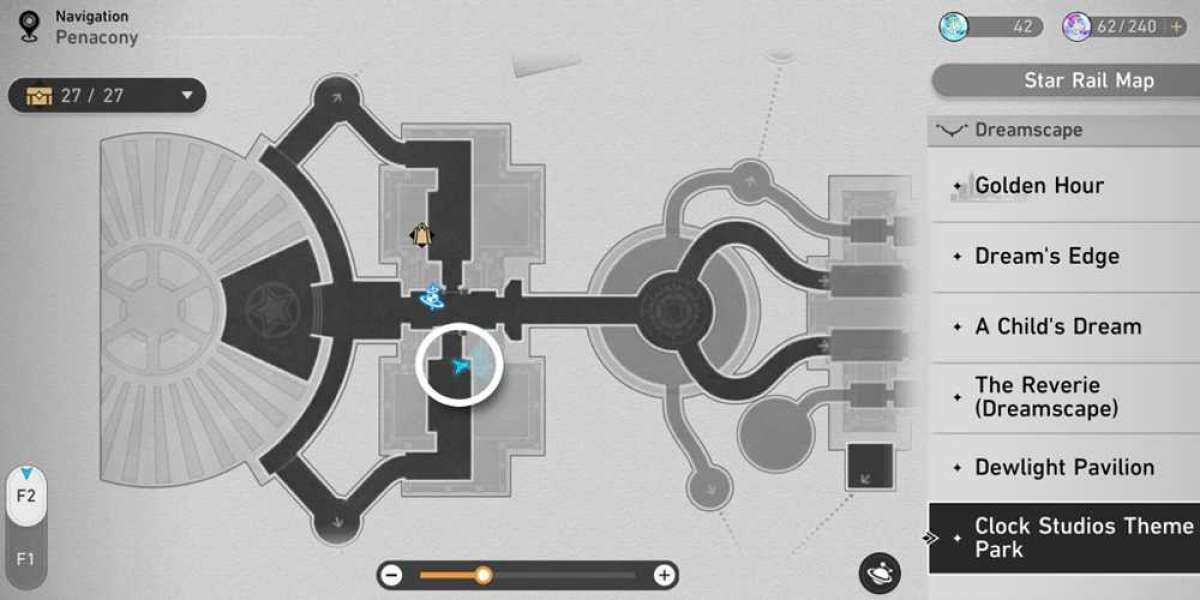Introduction:
In the scorching summer of 1985, the world witnessed an unprecedented event that captivated the hearts of millions and left an indelible mark on music history - the iconic Live Aid concert. Brimming with passion and ambition, this monumental event aimed to bridge the gap between continents and alleviate the suffering caused by poverty and famine. With a star-studded lineup, electrifying performances, and a shared sense of purpose, Live Aid brought the world together in a remarkable way.
Description:
On October 13, 1985, the Live Aid concert took place simultaneously in two iconic music venues - Wembley Stadium in London, England, and John F. Kennedy Stadium in Philadelphia, United States. The immense task of organizing this global spectacle was masterfully led by Bob Geldof, an Irish singer-songwriter and philanthropist, who, after witnessing the tragedy of famine firsthand, was determined to mobilize the power of music for the greater good.
The event kicked off in London, where an enthusiastic crowd of 72,000 people gathered in Wembley Stadium. The atmosphere was electric as some of the biggest names in music took to the stage, including Queen, U2, David Bowie, Elton John, and many more. With each performance, the energy surged through the crowd, fostering a sense of unity and purpose that transcended borders.
Simultaneously, across the Atlantic, Philadelphia's John F. Kennedy Stadium was awash with anticipation as an equally impassioned crowd of 100,000 people awaited the start of their own spectacular show. Here, legendary artists such as Madonna, The Rolling Stones, Lionel Richie, and Led Zeppelin set the stage ablaze, captivating the hearts and minds of those fortunate enough to be in their presence.
Yet despite the geographical distance, Live Aid managed to seamlessly connect these two continents, thanks to a groundbreaking satellite link-up. This technological marvel allowed both audiences to witness the magnificence of the entire event, effortlessly creating a shared experience that stretched from London to Philadelphia and beyond.
However, the true power of Live Aid lay not only in the radiant musical performances but also in its noble cause. Millions of people tuned in to watch the concert live on television, making it one of the most-watched broadcast events in history. The event served as a global fundraising effort, with the aim to raise funds for famine relief in Ethiopia. The commitment and generosity of the viewers translated into an extraordinary $125 million in donations, making a substantial impact and saving countless lives affected by the devastating famine.
The Live Aid concert of 1985 transcended being merely an entertainment spectacle. It became a symbol of unity, compassion, and the extraordinary power of music to inspire positive change. The event remains an icon of the 1980s and a testament to the ability of individuals and artists to come together for the greater good of humanity. As the final notes echoed across the two continents, the world stood in awe of what had been achieved - a momentous event that still holds a special place in the hearts of people worldwide.



